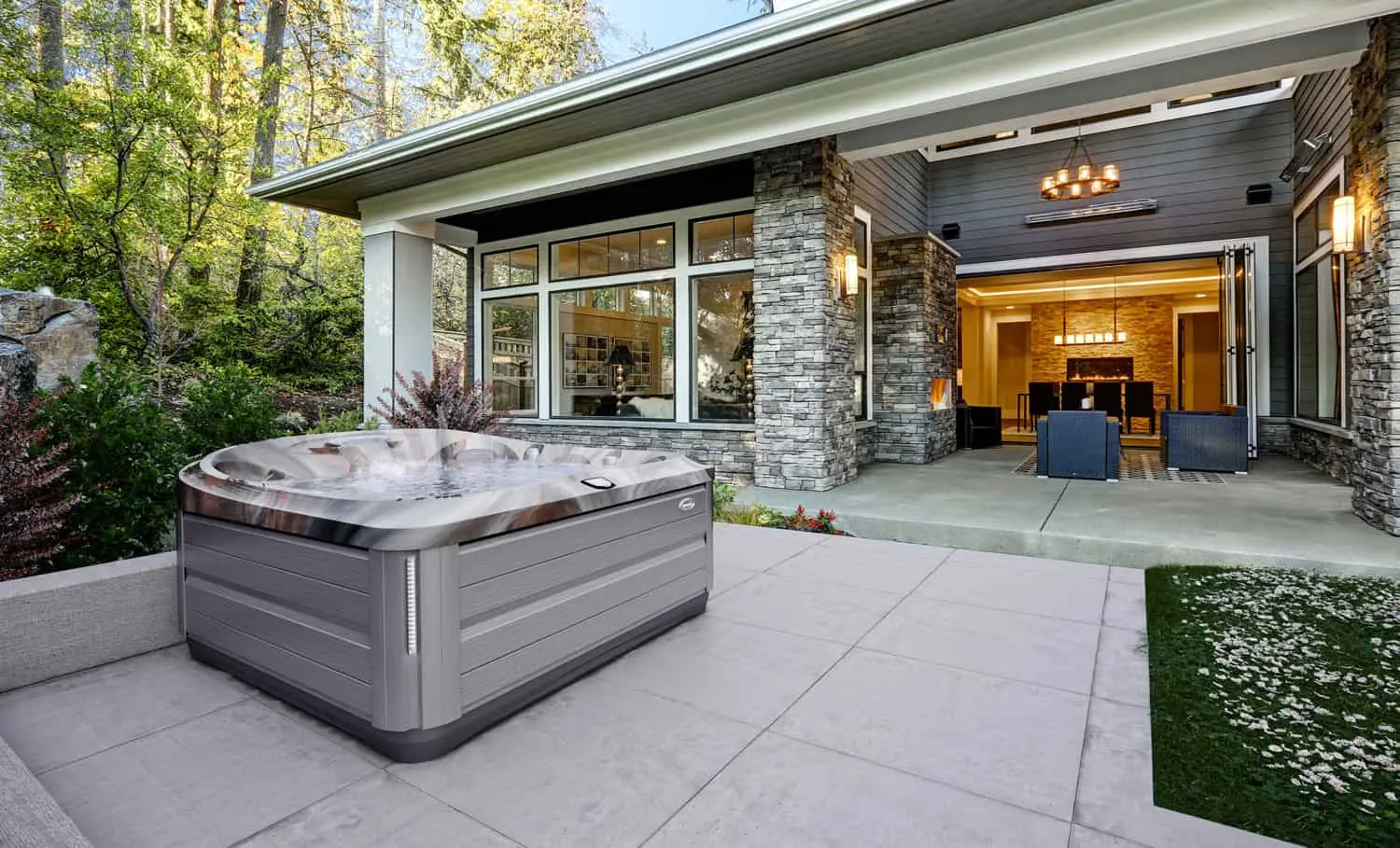Buffalo winters are no joke. With heavy snowfall and freezing temperatures, it’s important to protect your above-ground pool.
Winterizing your pool isn’t just about closing it down for the season; it’s about making sure it lasts for years to come. In this article, we’ll walk you through how you can prepare your above-ground pool for winter.
Step-by-Step Guide to Winterizing Your Pool
Winterizing your above-ground pool is a multi-step process, but taking these actions now can save you headaches down the line.
Each step plays a vital role in protecting your pool against Buffalo’s freezing temperatures and heavy snowfalls. Let’s break down how you can prepare your pool for the cold months ahead.
1. Clean the Pool
The first thing you need to do is thoroughly clean your pool. Leaving any dirt, debris, or leaves in the water can cause issues like staining, algae growth, and a mess to clean up in the spring.
Here are some key steps you’ll want to include:
- Use a pool skimmer to remove all leaves, bugs, and floating debris.
- Brush down the pool walls and floor to remove dirt and any algae that may be clinging to the liner.
- Vacuum the entire pool, ensuring that all areas are spotless.
- Pay special attention to corners and any areas where debris tends to accumulate.
Taking the time to clean your pool now will save you hours of scrubbing when it’s time to reopen. Plus, it keeps your water clearer and reduces the chance of algae problems when the pool is closed.
2. Balance the Water Chemistry
After the pool is clean, balancing the water chemistry is a must. This step helps prevent the buildup of algae and bacteria during the months when your pool sits unused.
Winter chemical kits are a convenient option, but you’ll still need to ensure the right balance.
Follow these tips for perfect water chemistry:
- Start by testing the water for pH, alkalinity, and chlorine levels. Aim for a pH between 7.2 and 7.6, and alkalinity between 80 and 120 ppm.
- Add chlorine to sanitize the water, ensuring it reaches the appropriate levels (1-3 ppm).
- Apply an algaecide to prevent algae from growing while the pool is covered.

3. Drain the Pool
Once your pool is clean and the water chemistry is balanced, the next step is to lower the water level.
Use a submersible pump or the pool’s built-in pump system to lower the water level by about 4-6 inches.
Can I Completely Drain My Pool For Winter
No, you should not completely drain your above-ground pool for winter. Leaving some water in the pool helps support the structure and liner during freezing temperatures.
Draining too much water can cause the liner to shrink, crack, or shift, which may lead to costly damage.
4. Protect the Equipment
Winter can be tough on pool equipment, especially if water is left inside the system. Frozen water expands and can crack hoses, pumps, and filters, so it’s important to disconnect everything and store it properly.
Here’s how to protect your equipment:
- Disconnect the pump, filter, and any attached hoses.
- Drain all the water from the pump, filter tank, and heater (if applicable). Be sure to check for any remaining water in pipes or connectors.
- Clean your equipment before storing it, removing any dirt or debris.
- Store all equipment indoors in a dry, sheltered area. Ideally, keep it in a garage or shed where it will be safe from freezing temperatures.
Taking the time to protect your equipment from the cold can save you from costly repairs or the need to replace broken parts come spring.

Choosing the Right Winter Pool Cover
A high-quality pool cover is one of the most important tools for winterizing your above-ground pool.
Look for a cover that has a reinforced hem and is made of durable material that can withstand the winter elements.
Additionally, you’ll want to pair your cover with an air pillow to keep the cover from sagging into the water during heavy snowfall.
Once you’ve chosen your cover, make sure it’s secured tightly. Use cover clips, cables, and other accessories to keep it in place, especially in strong winds.
For peace of mind, consider using a winter cover wrap. These wraps hug the hem of your cover, not only keeping the wind from getting underneath and damaging it but also minimizing any contaminants to your water so it is as clean as possible in the spring.
Ongoing Winter Maintenance Tips
Even though your pool is closed for the season, it’s still important to check on it from time to time. Here are a few things to keep in mind:
- Check the Cover: Make sure your pool cover stays in place and doesn’t get damaged by wind or heavy snow.
- Remove Snow: After heavy snowfall, gently remove excess snow from the cover. This helps prevent it from stretching or tearing.
- Monitor Water Levels: Keep an eye on the water level. If there’s too much rain or snowmelt, it could cause problems when temperatures dip again.
Prep Your Pool for Winter With Ease With Gary Pools & Leisure
Taking the time to winterize your above-ground pool in Buffalo is the best way to protect your investment. With these steps, your pool will be safe from the harsh winter elements and ready to go when the warm weather returns.
If you need help or want to make sure your pool is fully prepared, contact our expert pool service team at your nearest Gary Pools & Leisure location for professional winterizing services. We’ll make sure your pool is winter-ready, giving you peace of mind all season long.



